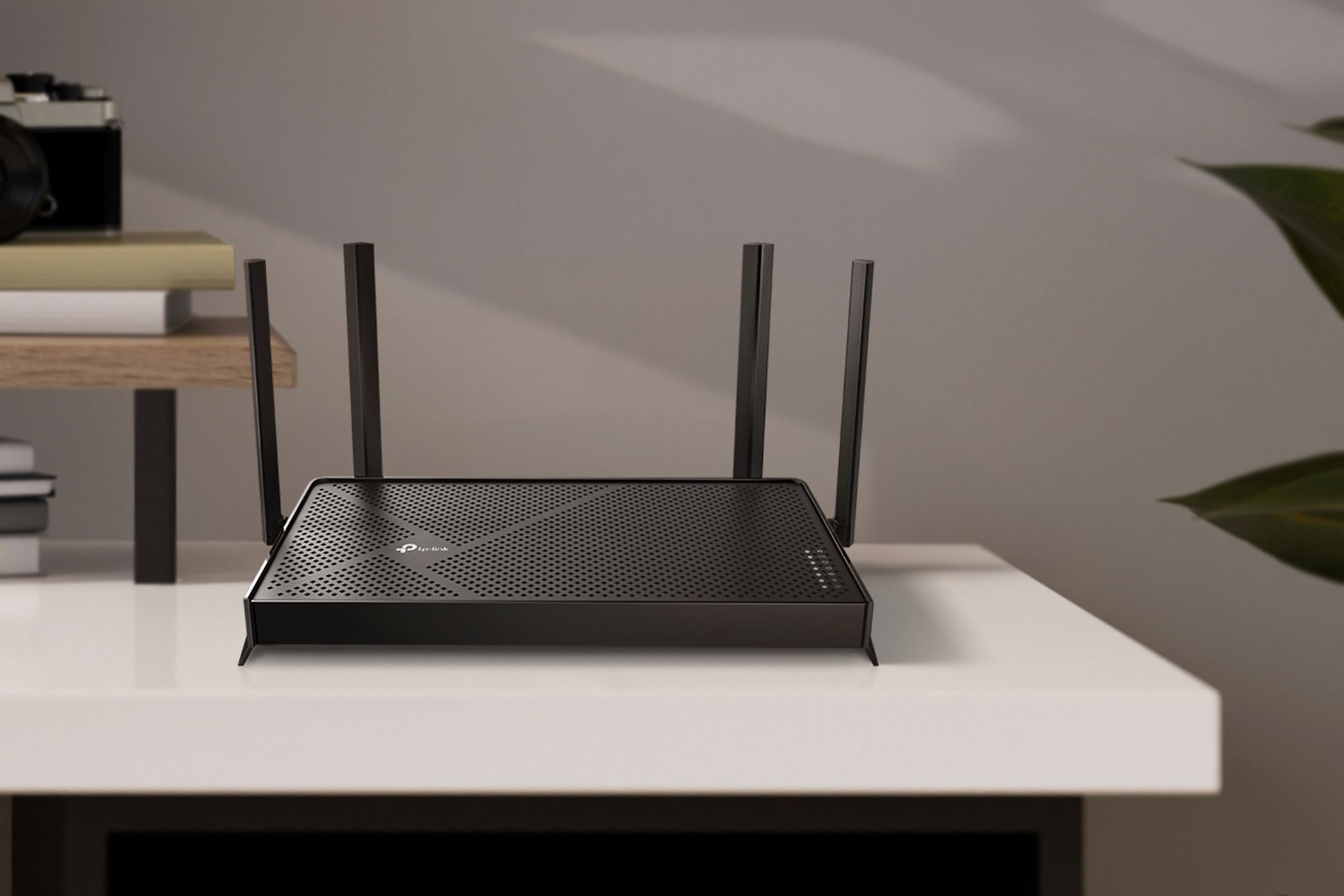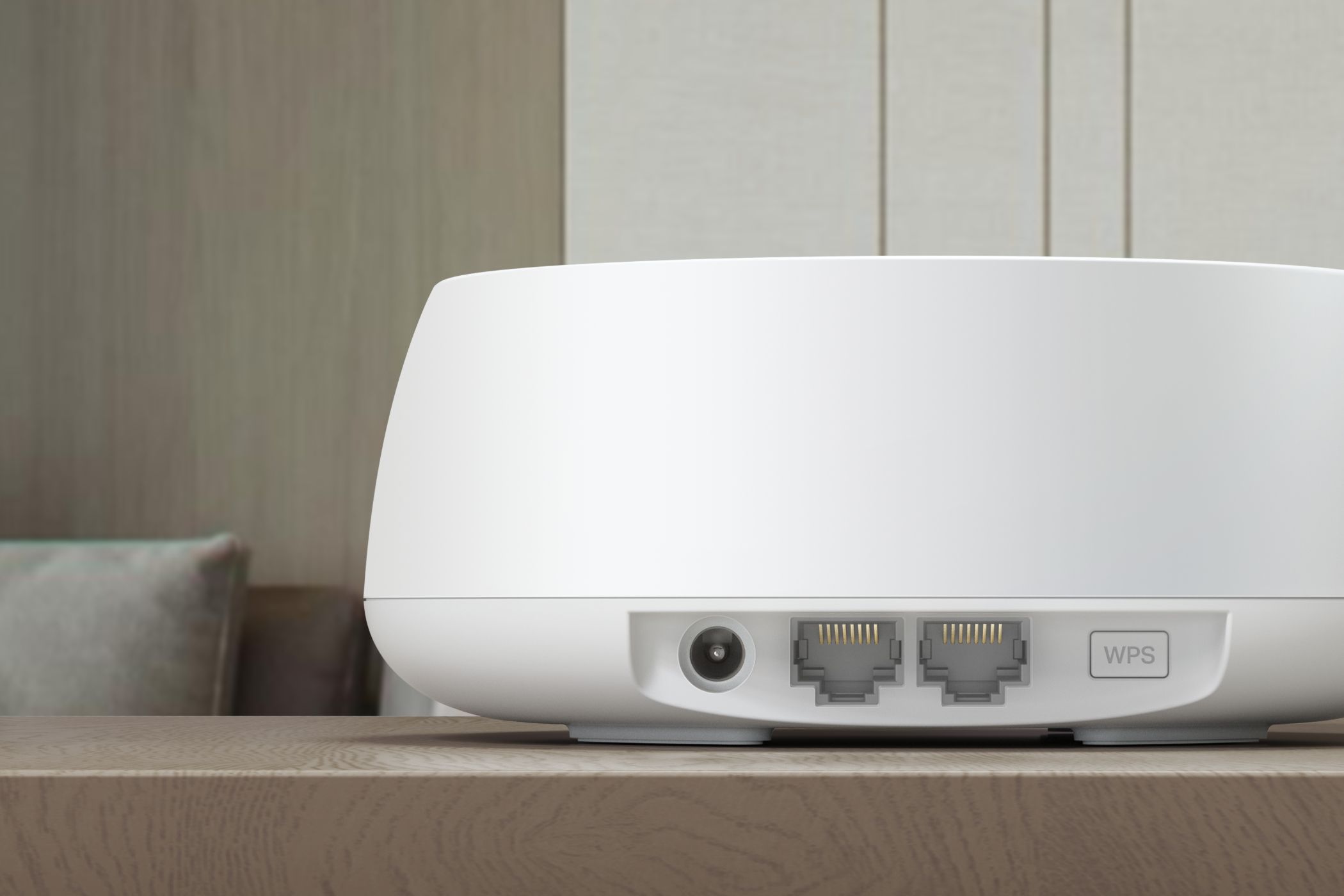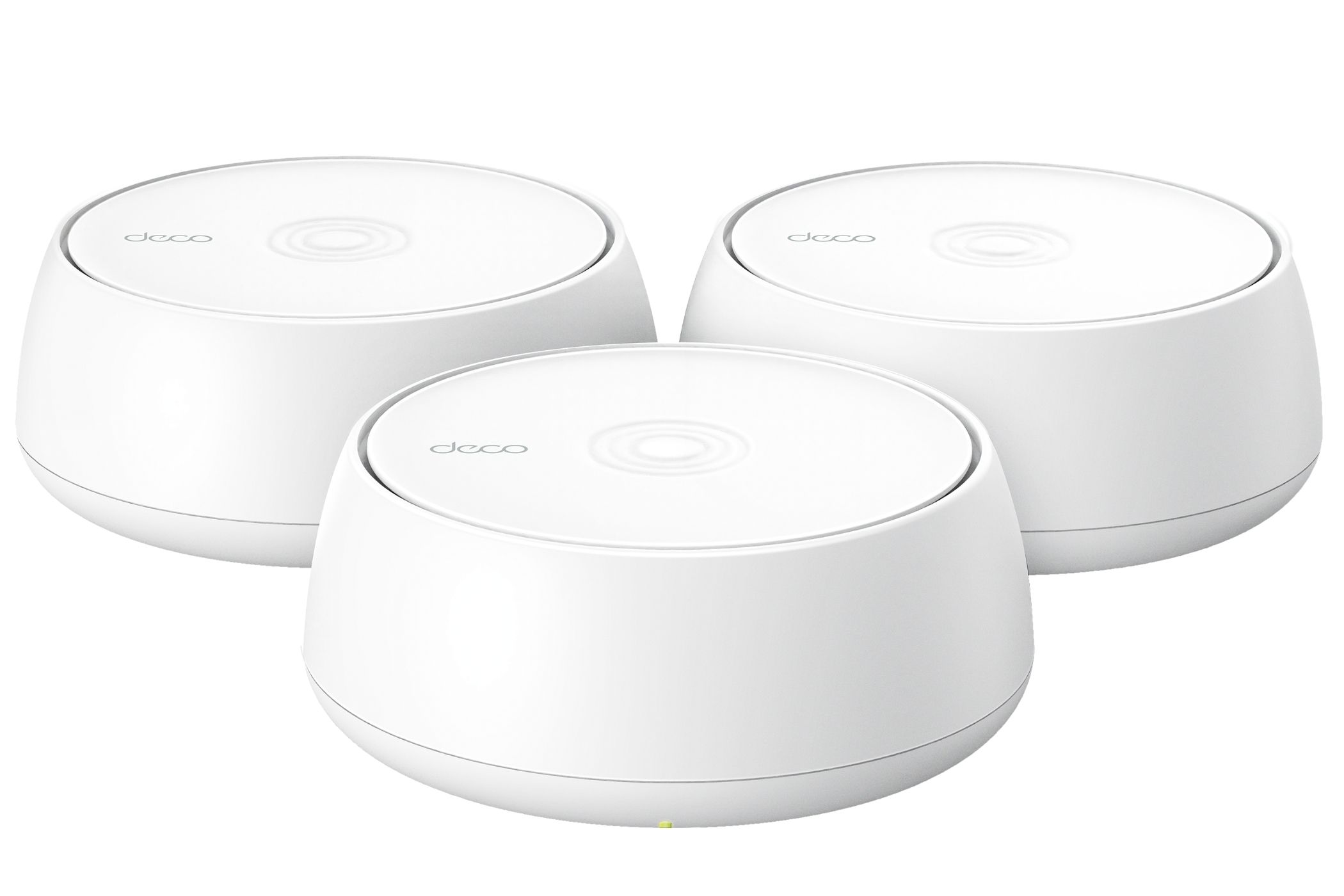The iPhone 16, Samsung Galaxy S24 Ultra, and other new devices support Wi-Fi 7, but you also need a router built for that. TP-Link has now revealed new budget Wi-Fi 7 mesh routers, and they look like solid options.
TP-Link’s Archer BE3600 router and the Deco BE5000 and Deco BE3600 mesh systems have you covered with Wi-Fi 7 perks like MLO, 4K-QAM, and Multi-RU. For those wondering, mesh Wi-Fi uses several nodes that broadcast the signal in different locations throughout your home instead of a single access point, enabling better reception than traditional Wi-Fi routers.
Compared with Wi-Fi 6E, the latest Wi-Fi 7 standard brings benefits such as much faster transfer speeds and significantly reduced latency, plus robust and reliable network connections, reduced power consumption, better efficiency in dense networks, and more. Your old router won’t do the trick, so you’ll need to pick one that supports Wi-Fi 7.
The Archer BE3600 router supports speeds up to 3.6 Gbps, features four high-gain antennas for broader coverage, and provides 2.5 Gbps ports for a multi-gigabyte wired connection.
The Deco BE5000 mesh system can extend Wi-Fi 7 coverage across 6,600 square feet, or about 613 square meters. The system supports combined wireless transfer speeds up to 5 Gbps and can support more than 150 network clients simultaneously.
Each mesh is equipped with 2.5 Gbps WAN/LAN ports and uses 240 Mhz Wi-Fi 7 channels. The more powerful BE3600 brings combined wireless speeds up to 3.6 Gbps, 160 Mhz Wi-Fi 7 channels, and similar features to the Deco BE5000.
Also known as the 802.11be standard, Wi-Fi 7 is a successor to Wi-Fi 6E (also known as 802.11ax). Wi-Fi 7 was designed for the age of AR/VR devices, 8K streaming, cloud gaming, automotive, and similar applications where network congestion and latency create lagging and constant buffering which ruin the whole experience. However, devices with Wi-Fi 7 are currently few and far between. The Wi-Fi Alliance, an international consortium that develops the Wi-Fi protocol, only announced Wi-Fi 7 in January 2024, so it will take some time until all new devices have Wi-Fi 7.
Compared with Wi-Fi 6E, the latest Wi-Fi 7 standard promises perks such as increased throughput, robustness and reliability of network connections, reduced power consumption, better efficiency in dense networks, and more.
Apple’s Wi-Fi specifications page confirms that its latest smartphone models—iPhone 16, iPhone 16 Plus, iPhone 16 Pro, and iPhone 16 Pro Max—all include Wi-Fi 7 support with 2×2 MIMO and Multi-Link Operation. However, these phones use the 160Hz bandwidth instead of the full 320MHz spectrum that Wi-Fi 7 accommodates.
Moreover, Apple’s Wi-Fi 7 implementation on the iPhone 16 lineup excludes the Multi-Link Operation (MLO) feature, which allows for simultaneous transmission across all frequency bands. That’s quite a shame because the latest TP routers and mesh accessories support MLO. Gamers, in particular, will want MLO as the technology delivers faster speeds, a more reliable connection and eliminates input delay.
The new M4-powered Mac computers and other Apple devices like Vision Pro don’t support Wi-Fi 7. Samsung is also among the companies offering Wi-Fi 7 support on some of its high-end devices. In the Windows PC world, the latest Microsoft Surface, Lenovo, and Razer laptops come equipped with Wi-Fi 7.
You can order your TP-Link Deco BE5000 and Deco BE3600 Whole Home Mesh Wi-Fi 7 Systems today via Best Buy and Walmart or through Amazon in November. A 3-pack costs $200. The TP-Link Archer BE3600 Wi-Fi 7 Router is available for purchase now at Walmart and Amazon, starting at $100.
Source: TP-Link







